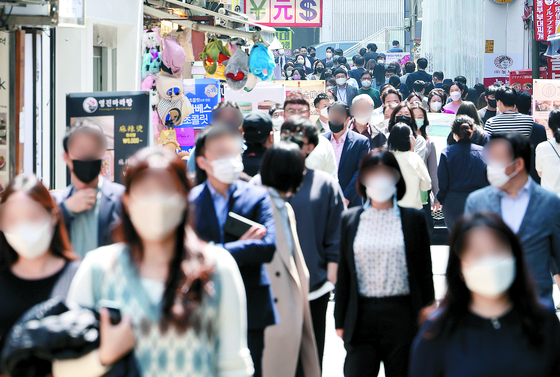
With the emergence of various platforms such as YouTube and TikTok, the era of video-based media platforms has arrived. Video content, which used to be the exclusive property of broadcasters with professional manpower, can now be uploaded by anyone, regardless of age or gender, on their channel. Recently, even if you walk around the street a little, you can meet one-person producers who conduct real-time broadcasts by using their smartphones or GoPro cameras. However, these broadcasts have problems when they are conducted in crowded places. This is because as video content continues to increase, there are cases of infringement of portrait rights that expose other people’s faces or bodies without permission. A person has a right not to be photographed or described his/her face and other physical characteristics that are distinguished from others without permission and not to be used permanently, which is called portrait rights.
Portrait rights are a sensitive issue in the production of content, including videos. In the case of broadcasters, as content is transmitted to an unspecified number of people, the media has a large impact and records remain easy, so they have no choice but to be more sensitive to the issue of portrait rights. On the other hand, YouTube and TikTok have a relatively free production environment, so they often produce and upload videos without knowing whether it constitutes an infringement of portrait rights and whether it is an act that violates the law. In the case of portrait rights infringement, by the “Act on The Establishment and Operation of Korea Communications Commission”, if a person’s rights are violated by posting another person’s photo or video without obtaining consent, deletion, and correction will be requested after deliberation by security council of Korea Communications Commission (KCC).
At this time, the infringed person must report directly, and photos or videos must be secured for deliberation. KCC explained, “Since broadcasting and communication deliberation is a principle of post-regulation, not pre-regulation, the deliberation can proceed only when related data are secured.”
If the video remains on the web, whether it is being recorded or live, people can try to act, but in the case of live broadcasts that end after only broadcasting in real-time on the spot, there is no evidence left, so there is no countermeasure. As such, the procedures and requirements are not simple, and there is no way to deal with live broadcasting. As a result, there are not many cases where deliberations on portrait rights are made by the KCC. According to KCC, 48 cases were deliberated on the Internet broadcasting companies such as YouTube and AfreecaTV in 2017, 28 cases in 2018, and 20 cases in 2019.
The term “No Tuber Zone” has recently emerged due to these problems. It means restricting YouTuber creators’ access. Recently, many restaurants have declared No Tuber Zone. YouTuber creators often make provocative content on purpose to attract views and subscribers. As unethical and unconventional videos continue to emerge, most people are welcoming the introduction of this No Tuber Zone.
The issue of portrait rights infringement also applies to general crowds and street videos without the purpose of slandering a specific person. It is also necessary to pay attention to the faces of citizens who appear in the background.


